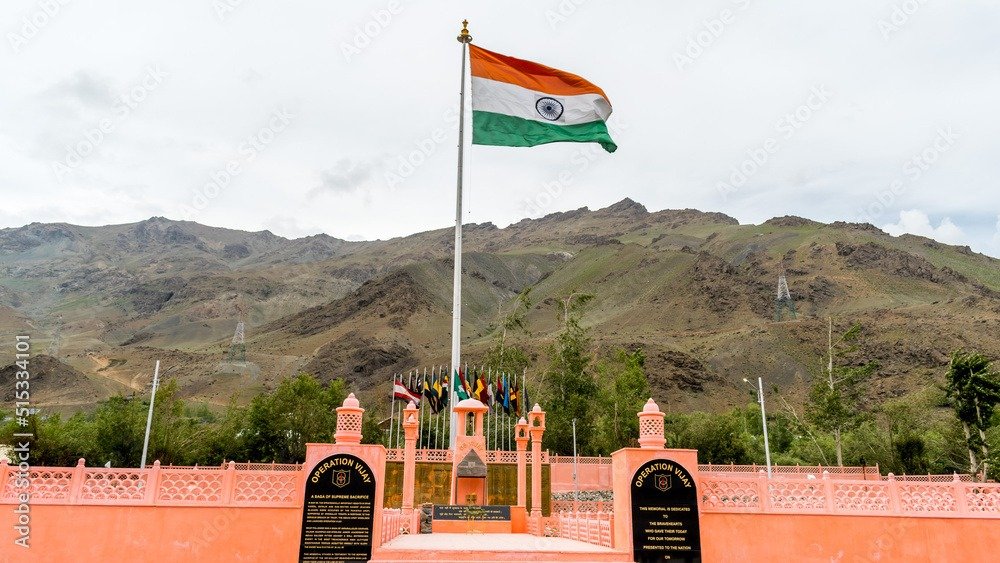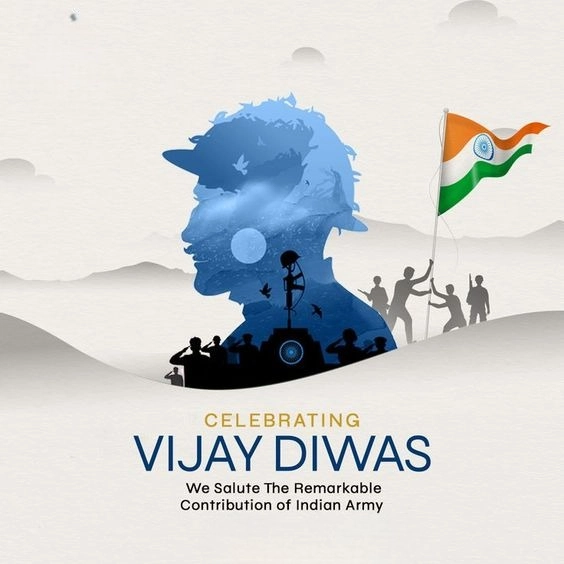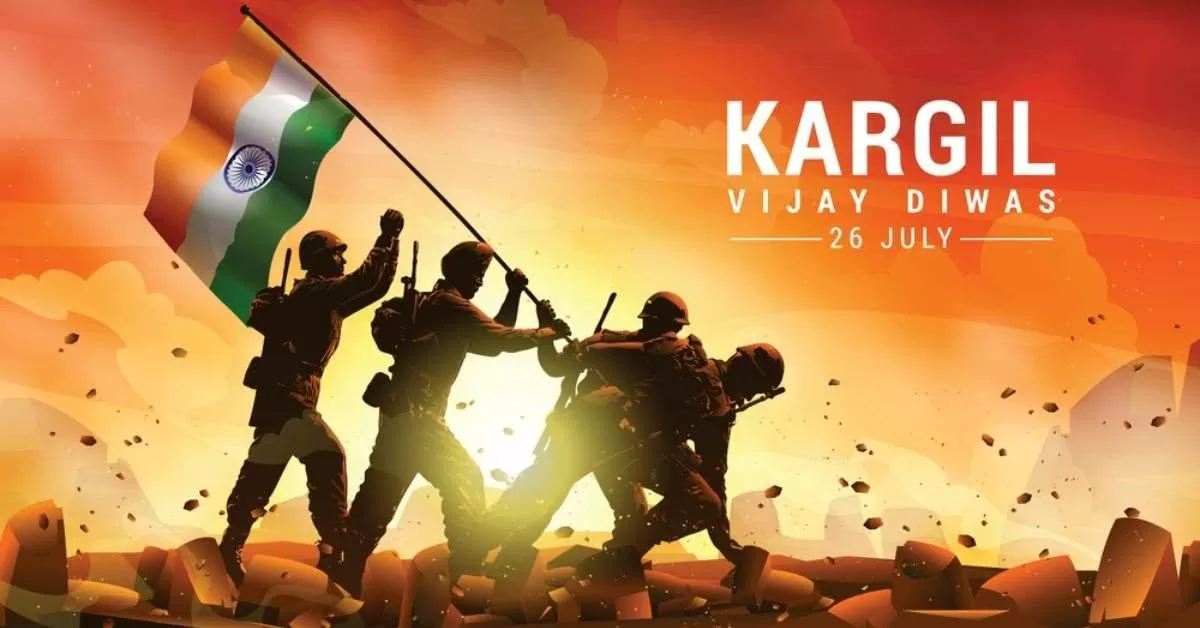Introduction
The Kargil War, fought between India and Pakistan in 1999, was a significant military conflict that left a lasting impact on both nations. This conflict, occurring in the high-altitude Kargil district of Jammu and Kashmir, marked a pivotal moment in South Asian history. The war not only influenced military strategies and international relations but also had profound social, political, and economic repercussions for India. In this article, we will delve into the multifaceted impact of the Kargil War on India, exploring its effects on various aspects of the nation.
The origins of the Kargil War can be traced back to long-standing territorial disputes between India and Pakistan, primarily over the Kashmir region. Infiltration by Pakistani soldiers and militants across the Line of Control (LoC) in the winter of 1998-99 set the stage for the conflict. The intrusion was detected in May 1999, leading to a full-scale military response by India. The ensuing war lasted until July 1999 and ended with the eviction of the intruders from Indian territory.
Military and Strategic Impact

The Kargil War had a profound impact on India’s military strategies and capabilities. The conflict highlighted several key areas for improvement and led to significant changes in defense policies:
- Modernization of Armed Forces: The war exposed deficiencies in India’s military equipment and preparedness. In response, the government initiated a comprehensive modernization program, upgrading weaponry, surveillance systems, and communication networks. This included the acquisition of advanced fighter jets, artillery, and missile systems.
- Strengthening Intelligence and Surveillance: Intelligence failures during the initial stages of the conflict underscored the need for better surveillance and reconnaissance. India invested heavily in satellite imagery, UAVs (unmanned aerial vehicles), and other intelligence-gathering technologies to enhance situational awareness and prevent future incursions.
- Revised Military Doctrine: The Kargil conflict prompted a reevaluation of India’s military doctrine. The emphasis shifted towards maintaining a robust defensive posture along the LoC and the international border. Strategies for high-altitude warfare and rapid troop mobilization were refined to address similar threats in the future.
Political Ramifications
The Kargil War had significant political consequences for India, influencing both domestic and international policies:
- National Unity and Patriotism: The war fostered a sense of national unity and patriotism among Indians. The entire nation rallied behind the armed forces, leading to a surge in support for the government and its policies. The conflict became a symbol of India’s resilience and determination to protect its sovereignty.
- Diplomatic Maneuvering: On the international front, India successfully garnered diplomatic support from several countries. The conflict exposed Pakistan’s aggressive actions and garnered sympathy for India’s stance on terrorism and cross-border infiltration. This diplomatic victory strengthened India’s position in global forums.
- Internal Security Measures: The Kargil War underscored the need for robust internal security measures. The government took steps to strengthen border security, counter-terrorism operations, and intelligence sharing among various agencies. This led to the establishment of new security protocols and the creation of specialized units to tackle internal threats.
Economic Impact
The economic impact of the Kargil War on India was multifaceted, with both immediate and long-term consequences:
- Defense Expenditure: The conflict led to a significant increase in defense expenditure. The government allocated substantial funds for the procurement of advanced military hardware and the modernization of existing infrastructure. This increased spending had a ripple effect on the economy, impacting other sectors.
- Disruption of Local Economies: The war disrupted the local economies of the affected regions, particularly in Jammu and Kashmir. Tourism, which was a major source of revenue, suffered a severe setback due to security concerns and travel restrictions. The local population faced hardships as businesses and livelihoods were adversely affected.
- Boost to Defense Industry: On a positive note, the Kargil War spurred the growth of India’s defense industry. The focus on indigenization and self-reliance in defense production gained momentum. This led to the development of new technologies and the establishment of manufacturing units, creating job opportunities and boosting economic growth.
Social and Psychological Impact
The social and psychological impact of the Kargil War on the Indian populace was profound and far-reaching:
- Public Awareness and Sensitization: The conflict brought the realities of war and the sacrifices of soldiers to the forefront of public consciousness. Media coverage and patriotic narratives highlighted the bravery of the armed forces, fostering a deeper appreciation for their contributions and the challenges they face.
- Impact on Soldiers and Their Families: The war took a heavy toll on the soldiers and their families. Many soldiers lost their lives or were injured, leading to long-term physical and emotional scars. The government and various organizations provided support and rehabilitation to the affected families, but the psychological impact remained significant.
- Strengthening of Civil-Military Relations: The Kargil War strengthened the bond between the civilian population and the military. The support and admiration for the armed forces translated into increased respect and cooperation between the two. This mutual trust and collaboration became crucial in addressing future security challenges.
Lessons Learned and Future Outlook

The Kargil War served as a learning experience for India, prompting several critical lessons and shaping the future outlook:
- Need for Vigilance and Preparedness: The conflict underscored the importance of constant vigilance and preparedness. It highlighted the need for continuous monitoring of border regions and the development of rapid response mechanisms to address emerging threats.
- Focus on Indigenization: The war emphasized the need for self-reliance in defense production. India has since made significant strides in developing indigenous defense technologies and reducing dependence on foreign suppliers. This focus on indigenization has strengthened the country’s defense capabilities and reduced vulnerabilities.
- Enhanced Diplomatic Engagement: The Kargil War reinforced the significance of diplomatic engagement and international support. India has since pursued a proactive foreign policy, building alliances and strengthening ties with key global players. This diplomatic approach has bolstered India’s position on the international stage.
FAQs
Q1: What was the primary cause of the Kargil War?
The primary cause of the Kargil War was the infiltration of Pakistani soldiers and militants into Indian territory across the Line of Control (LoC) in the Kargil district of Jammu and Kashmir. This intrusion was detected in May 1999, leading to a full-scale military conflict.
Q2: How did the Kargil War impact India’s military strategies?
The Kargil War exposed deficiencies in India’s military preparedness and highlighted the need for modernization. It led to significant investments in advanced weaponry, surveillance systems, and intelligence-gathering technologies. The conflict also prompted a revision of military doctrines, emphasizing a robust defensive posture and rapid troop mobilization.
Q3: What were the political ramifications of the Kargil War for India?
The Kargil War fostered national unity and patriotism among Indians, bolstering support for the government. Internationally, India garnered diplomatic support, strengthening its position on issues of terrorism and cross-border infiltration. The conflict also led to enhanced internal security measures and counter-terrorism operations.
Q4: How did the Kargil War affect India’s economy?
The war led to increased defense expenditure and disrupted local economies, particularly in Jammu and Kashmir. However, it also spurred the growth of India’s defense industry, promoting indigenization and self-reliance in defense production. This contributed to job creation and economic growth.
Q5: What was the social and psychological impact of the Kargil War on the Indian population?
The conflict heightened public awareness of the sacrifices made by soldiers and fostered a deeper appreciation for the armed forces. It had a profound impact on soldiers and their families, leading to long-term physical and emotional scars. The war also strengthened civil-military relations, fostering mutual trust and collaboration.
Q6: What lessons did India learn from the Kargil War?
India learned the importance of vigilance, preparedness, and self-reliance in defense production. The conflict highlighted the need for continuous monitoring of border regions and rapid response mechanisms. It also reinforced the significance of diplomatic engagement and international support.


